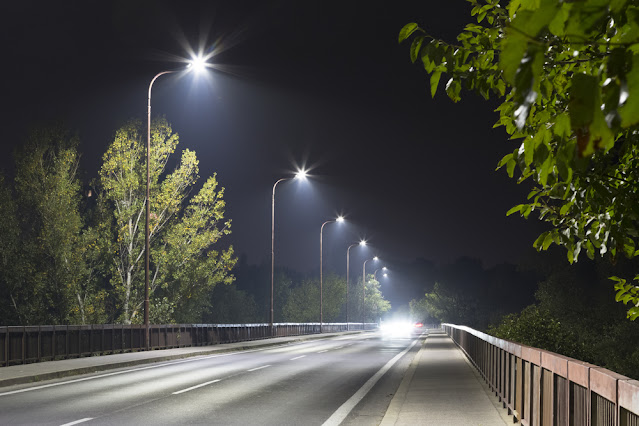LED lights are the future of advanced lighting, and it is not words to say, but LED lights prove that with their exceptional features. These lights are very efficient not only for indoor but outdoor locations as well. For outdoor places, LED pole lights are ideal that can illuminate poorly lit roads with their smooth brightness. In terms of advancement, these lights come with some outstanding features in which motion sensor feature frequently come in trend. It can detect nearby people and vehicles to turn lights on/off. LED pole lights with motion sensors come in demand because they are energy-efficient and can also reduce extra utility bills. In addition, these lights can save more energy by powering lights only when needed.
What is a Motion Sensor in LED Lights?
A motion sensor, also known as a motion detector, is an electronic device with a sensor that detects nearby people or moving objects. These sensors are most commonly used to save energy by keeping the lights off at unnecessary times, sending alerts on time, detects people or objects smartly.
A motion sensor in LED lights, especially in LED pole lights, detects people or vehicles in a specified area to power the lights. Similarly, a motion sensor is an essential part of a security system because they send an alert to the security system or monitoring team when it detects an intruder near or inside the premises.
Types of Motion Sensors
There are some commonly used sensors available to fulfill security requirements in lighting fixtures. Especially for outdoor locations, Passive Infrared sensors (PIR) and Active Infrared sensors are two types of motion sensors used for security purposes. These sensors emit and detect infrared radiations that help in confirming if someone has entered. Both types of sensors work differently, but it is the standard way of detecting. It is important for the motion sensor to detect any activity outside the premises, which is why it is commonly used in outdoor lighting.
Where Can LED lights with Motion Sensor Work?
Basically, LED lights can illuminate both indoor and outdoor locations, but it’s unnecessary to use a motion sensor inside the premises every time. Most commonly, motion sensors come in use for outdoor areas, but they can also be used in indoor areas with high bays. Some applications have been mentioned below where motion sensors can work perfectly.
Parking Lot
A parking lot is a place where people park their vehicles, and it is not necessary to keep the lights on the parking lot. However, LED pole lights with motion sensors will save a lot of energy consumption than traditional lighting fixtures by illuminating the area only when needed. Usually, the lights in the parking lot only come in use when someone is parking a vehicle. Therefore, it will be great to use motion sensors in the lighting fixture of the parking lot.
LED pole light is doing a good job by illuminating the street, but what if the pole light only brights when needed. It will be great to save more energy than any traditional lighting fixture that can’t switch the light automatically off when brightness is not necessary. LED pole lights perform excellently as they can turn 100% brightness in seconds when the motion sensor detects any individual or vehicle.
Warehouse
Yes, the warehouse is an indoor area but LED lights with motion sensors can be used there. It is simple to understand that warehouse places use a lot of light, and it is important to save on utility costs. Most commonly, High bay LED lights illuminate the warehouse more effectively, and now it is available with a motion sensor. The lighting fixture with a motion sensor will save energy by turning the lights on/off only when required.
Conclusion
The motion sensor in LED outdoor lighting fixtures will help a lot in saving energy and cost as well. Whenever it’s unnecessary to brighten the area, the motion sensor will turn it off. For outdoor lighting, there are some LED pole lights that can identify the natural lighting and only turn on when the sunlight is gone. So, it will be a great choice to use motion sensors in outdoor lighting to save more energy and reduce additional utility expenses.


Comments
Post a Comment